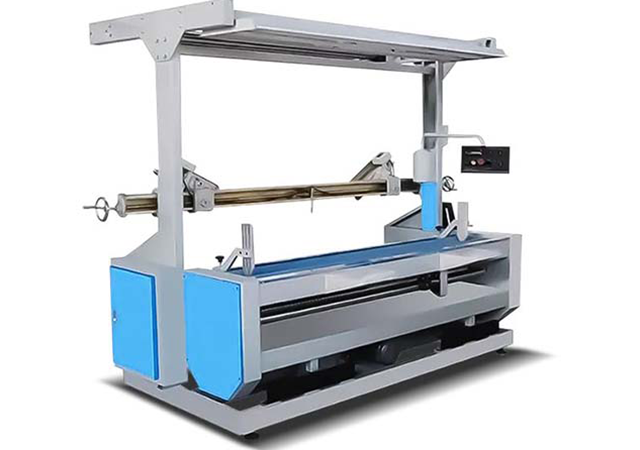A fabric rolling machine is a great way to save time and money when you need to roll large amounts of fabric. This type of machine can be used to roll up any kind of fabric, including quilts, blankets, and even rugs. So how selecting and using a fabric rolling machine matters a lot for textile factories.
Maximizing Fabric Rolling Machine Efficiency
To derive the most benefit from fabric rolling machines, certain considerations should be taken into account. Firstly, ensure that the fabric to be rolled is free of wrinkles, as the machine's grip may be compromised, resulting in a less-than-desirable outcome. After addressing any wrinkles, carefully feed the fabric into the machine, utilizing guides to maintain proper alignment and avoiding creases or folds. As the fabric accumulates, monitor and adjust tension using available knobs to ensure a tight and uniform roll. Once the rolling process is complete, a brief period of rest allows the motor's heat to set any remaining wrinkles.
Historical Significance of Fabric Rolling Machines
The fabric rolling machine traces its roots back to the late 1800s, revolutionizing fabric production by automating the rolling process. Prior to this innovation, the manual rolling of fabric was laborious and time-intensive. The introduction of fabric rolling machines significantly enhanced efficiency and productivity in the textile industry. Over time, these machines have undergone continuous improvements, expanding their utility to diverse industries such as paper production, steel manufacturing, and ceramic tile production.

Key Design Considerations for Fabric Rolling Machines
To ensure the smooth operation of fabric rolling machines, careful attention must be paid to their design. Three key points are crucial in this regard:
Width of Rolling Fabric: Determining the width of the fabric before production is essential, as it directly impacts the size of rolls and overall production efficiency.
Type of Rolling Fabric: Considering the diverse weights and thicknesses of different fabrics, the machine's design should accommodate smooth rolling for various fabric types.
Layers of Rolling Fabric: The machine's design must account for the number of fabric layers to be rolled, preventing damage to the construction quality of rolls and maintaining production efficiency.
Investing in a fabric rolling machine is a wise decision for anyone involved in sewing or quilting. It simplifies the fabric cutting and rolling processes, making them faster and more efficient. With numerous brands and models available, thorough research is essential to selecting a machine that aligns with specific needs and requirements.
Fabric rolling machines are invaluable assets for those in the textile industry, enhancing overall efficiency and productivity. Making an informed decision when purchasing a machine tailored to individual needs ensures a seamless integration into textile manufacturing processes, ultimately saving time and resources.
SUNTECH Textile Machinery stands at the forefront of the textile industry's technological revolution, infusing innovation into the field and driving its transformation. Through relentless research, development, and technological advancements over 50 years, SUNTECH established the range of fabric rolling machine encompasses almost all fabric types. SUNTECH Textile Machinery continues to deliver remarkable achievements to the global textile sector.




